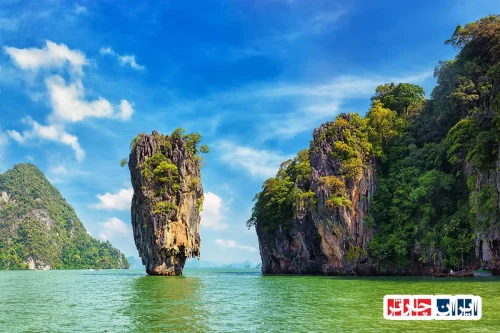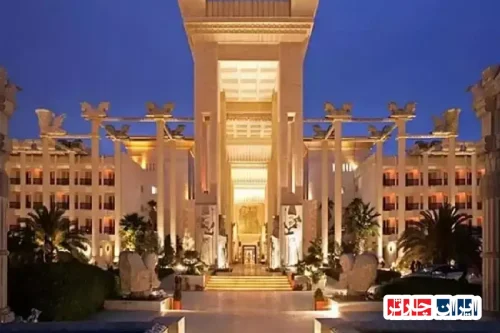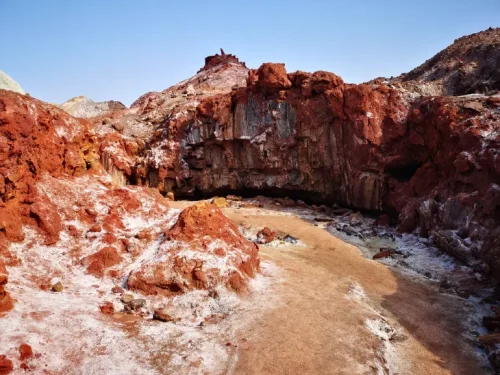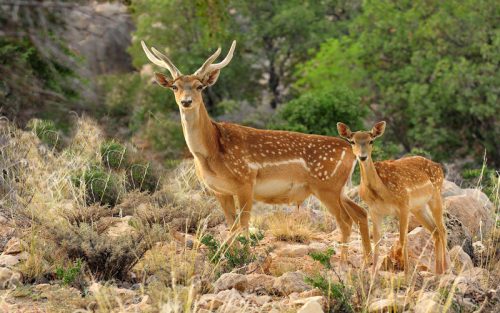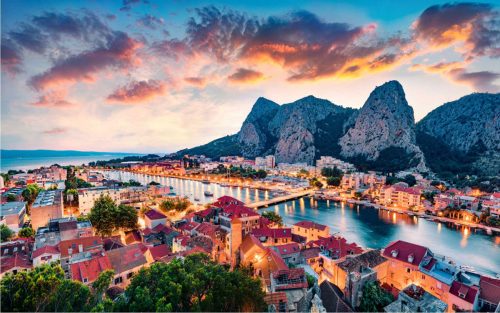The Petroglyphs of Shalgard Village Listed in Iran’s National Heritage
The petroglyphs of Shalgard village have been listed in Iran’s national heritage, marking a significant cultural and historical achievement for the region. Discovered in the pristine nature of the village, these petroglyphs showcase unique examples of ancient Iranian art. Their inclusion in the national list highlights ongoing efforts to preserve cultural heritage.
Iran Charter, serves as a milestone in recognizing and valuing this region’s unique history. Visitors and enthusiasts of Iranian history and architecture now have the opportunity to closely explore these valuable artifacts. Additionally, this achievement can significantly promote cultural tourism in the village and provide new economic opportunities for local residents.
Ultimately, Iran Charter stands not only as a guardian of the past but also as a bridge connecting future generations with Iran’s rich cultural heritage. This emphasizes that the preservation and protection of historical artifacts is a social and cultural responsibility that should be pursued with greater diligence.
The Rock Carvings of Shalgerd Village Enter Iran’s National Heritage List
The rock carvings of Shalgerd village have been included in Iran’s National Heritage List, marking a significant achievement that highlights the rich and important history this region holds in Iran’s ancient heritage. These rock carvings, dating back to ancient times, illustrate the rich art and culture of past peoples, each telling a story of their lives and beliefs.
The Cultural Value of Shalgerd Village’s Rock Carvings
The addition of the rock carvings of Shalgerd village to Iran’s National Heritage List has significantly increased the cultural value of this area. These carvings are not only recognized as valuable artworks but also serve as symbols of local identity and history, holding special significance for the local community and tourists.
The Process of Registering Shalgerd Village’s Rock Carvings in the National Heritage List
The registration of Shalgerd village’s rock carvings in Iran’s National Heritage List is the result of a meticulous and ongoing process that includes scientific and historical assessments. This process ensures that only works that add value to Iran’s history and culture are included in the list.
The Impact of Registering Shalgerd Village’s Rock Carvings on Cultural Tourism
The inclusion of Shalgerd village’s rock carvings into Iran’s National Heritage List could act as a catalyst for the development of cultural tourism in this area. Both domestic and international tourists now have the opportunity to closely experience these ancient artifacts and enjoy the beauty and cultural values of this region.
Unique Features of Shalgerd Village’s Rock Carvings
The rock carvings of Shalgerd village, now part of Iran’s National Heritage List, are characterized by their unique features. Animal motifs like leopards, cows, and dogs, as well as complex human designs, demonstrate the artistic talent and creativity of ancient artists.
Conservation Efforts for Shalgerd Village’s Rock Carvings
The registration of Shalgerd village’s rock carvings in Iran’s National Heritage List requires ongoing efforts for the preservation and maintenance of these historical artifacts. Various cultural and historical organizations, along with the local community, have undertaken necessary actions for the protection and care of these carvings.
The Role of Shalgerd Village’s Rock Carvings in Regional Identity
The inclusion of Shalgerd village’s rock carvings in Iran’s National Heritage List plays an important role in strengthening regional identity. These ancient artifacts are recognized not only as symbols of Iran’s history and culture but also as part of the unique identity of this region.
The Economic Impact of Registering Shalgerd Village’s Rock Carvings
The registration of Shalgerd village’s rock carvings in Iran’s National Heritage List could lead to increased economic opportunities in the area. Attracting more tourists, creating new job opportunities, and developing tourism infrastructure are only some of the positive impacts of this registration.
The Future of Shalgerd Village’s Rock Carvings in Iran’s National Culture
With the inclusion of Shalgerd village’s rock carvings in Iran’s National Heritage List, the future of these artifacts in Iran’s national culture has become brighter. Educational, research, and tourism programs related to these carvings can help preserve and enhance their status in Iran’s cultural heritage, acquainting future generations with these ancient values.
FAQ
- What are the rock carvings of Shalgerd village?
- The rock carvings of Shalgerd village are ancient and historical artifacts uniquely depicting animal and human motifs in the Shalgerd region of Torghabeh Shandiz County.
- Why were the rock carvings of Shalgerd village added to Iran’s National Heritage List?
- These rock carvings, due to their historical and artistic significance, play an important role in reflecting the culture and art of Iran’s past eras and thus were added to Iran’s National Heritage List.
- What characteristics do these rock carvings have?
- Shalgerd village’s rock carvings feature lively depictions of various animals like leopards, cows, dogs, and humans, detailedly illustrated.
- How many rock carvings are there in Shalgerd village?
- Reports state that more than a hundred rock carvings have been discovered in this village, each representing different historical periods.
- What time periods do these rock carvings belong to?
- The historical period of these carvings ranges from ancient times to the Islamic era, indicating the evolution of art and culture in this region.
- Where is Shalgerd village located?
- Shalgerd village is located in Torghabeh Shandiz County, in Razavi Khorasan Province, near the city of Mashhad.
- How were Shalgerd village’s rock carvings discovered?
- These rock carvings were discovered accidentally by local farmers while working on the village lands.
- What natural elements are visible in the rock carvings?
- Natural motifs such as wildlife and humans interacting with the surrounding natural environment are visible in these rock carvings.
- What is the impact of national heritage registration on village tourism?
- National heritage registration has increased tourist attention to the village and aids in developing historical and cultural tourism in the region.
- What measures are being taken to preserve these rock carvings?
- The Cultural Heritage Office is preparing and implementing protective maps and providing appropriate tourism facilities to preserve and maintain these artifacts.
- Can visitors see these rock carvings?
- Yes, visitors can visit these rock carvings with prior coordination and adherence to protective regulations.
- What is the role of the Cultural Heritage Office in registering these carvings?
- The Cultural Heritage Office is responsible for reviewing and confirming the historical value of these carvings and registering them in Iran’s National Heritage List.
- What images do the rock carvings depict?
- These carvings include motifs of wildlife, humans engaging in various activities such as archery and riding horses.
- What unique features do these rock carvings possess?
- The precise details and variety of designs, including integration with the natural environment of the area, are among the unique features of these carvings.
- Have similar rock carvings been identified in other parts of Iran?
- Yes, Iran has multiple collections of historical rock carvings in different locations across the country, each with its unique artistic characteristics and styles.
- How can I travel to Shalgerd village?
- Traveling to Shalgerd village is possible via road routes from Mashhad city. Public transportation or rental cars can also be used.


